Pula is a popular holiday destination. It’s all because of the sea climate and hot, beautiful beaches.It is also visited due to its numerous monuments from Roman times, such as the Colosseum. No wonder, this is truly a place worth recommending. Istria combines the seaside and green forests, which translates into a picturesque landscape.
Pula is built on seven hills and was once an important Roman colony and today still impresses with unique monuments from that period.The City is located in a traditional wine region, so tours by travel agencies to vineyards are another attraction. Try the wealth of Istrian wines!
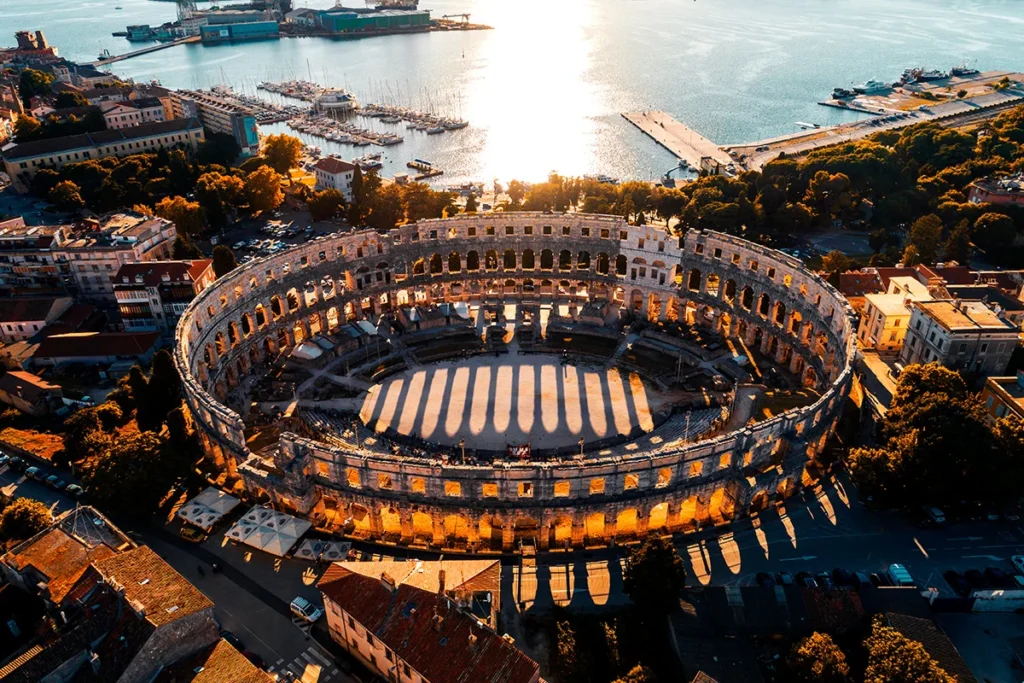
Location
Pula is the largest city in the Istria region, located on its southern edge on the Adriatic Sea and in the western part of Croatia. It is situated on seven hills: Arena, Kaštel, Opatija sv. Mihovila, Mondipola, Sv. Martin, Pra Grande and Zaro.
What to see in Pula ?
Amphitheater in Pula

The amphitheater, popularly known as Pula Arena, was once a venue for gladiator fights. It was built in the 1st century AD. The amphitheater is one of the main attractions and therefore deserves special attention. The Pula Arena is one of the best-preserved amphitheaters of the Roman Empire, often compared to the Colosseum in Rome, the Arena in Verona, the amphitheater of Pompeii, Nimes and Arles in France, and El Jemo in Tunis.
Arch of Sergius
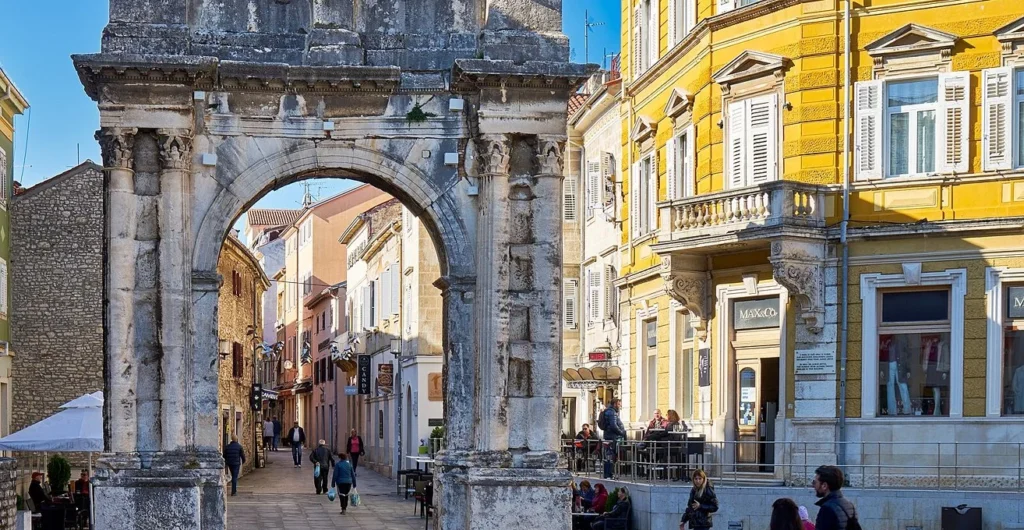
One of the most valued and beautiful monuments in Roman Pula is the Arch of Sergius (also called the Golden Gate). It was built between 30 and 10 BC. The Arch of Sergius commemorates the Sergii, one of the most influential families in the early Roman colony.
Temple of Augustus
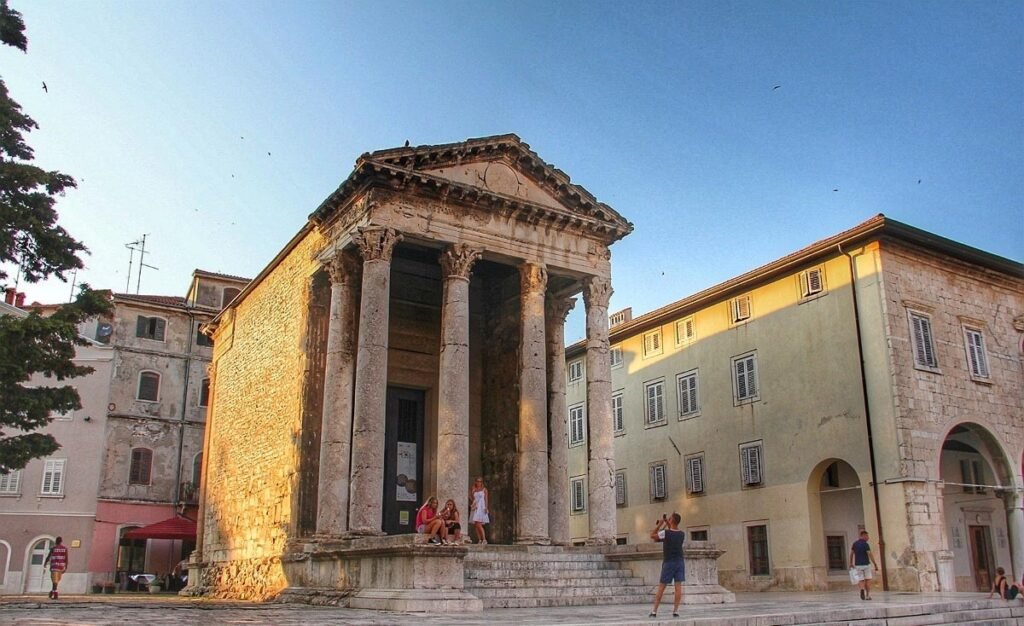
The Temple of Augustus is a well-preserved Roman temple dedicated to the first Roman emperor, Augustus, and was probably built during the emperor’s lifetime between 27 BC. and his death in 14 CE.
Kaštel Fortress (Venetian Fortress)
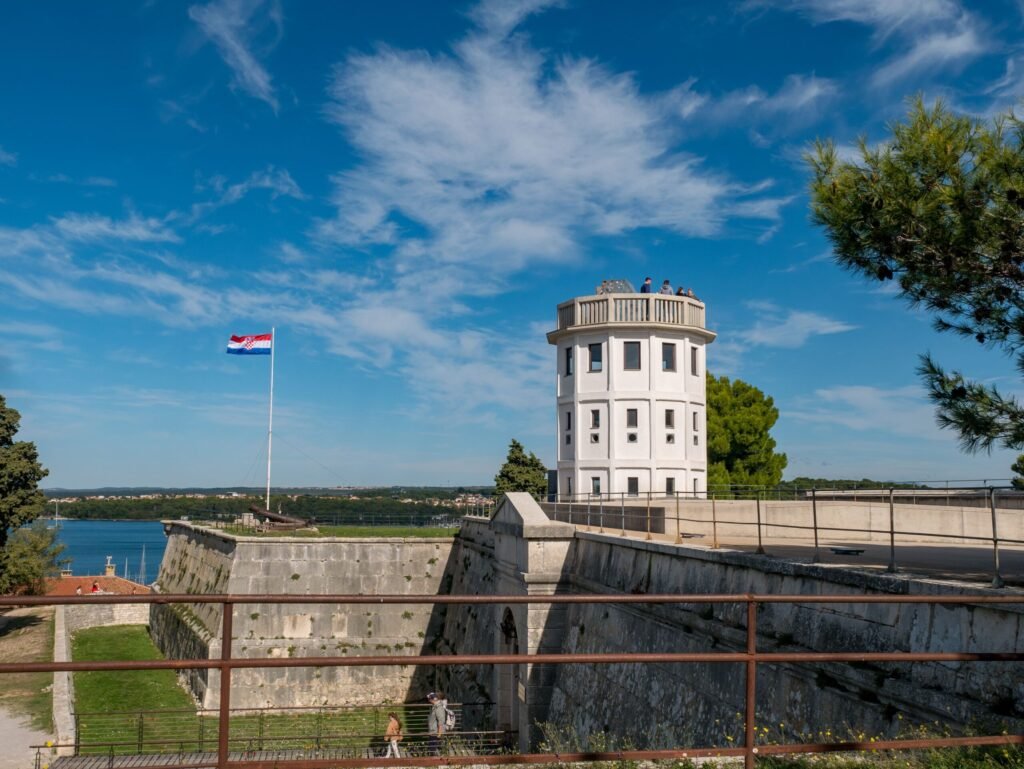
This Venetian fortress was built from 1631 to 16433 and modernized by the Austro-Hungarians in 1880. It saw some use during the First World War. Kastel Fortress was surrounded on all sides by thick stone walls, on which loopholes and observation posts were erected. Today, in the interior of this fortress you can see the summer stage, playground for children and national restaurant, as well as the premises of the Institute for the Protection of Cultural, Historical and Natural Heritage of the Republic of Srpska.
Archaeological Museum of Istria

The main entrance to the Archaeological Museum of Istria (Arheoloski Muzej Istre) is actually one of the original gates that served as an entry point into the old Roman town. The museum carries a fascinating range of archaeological artefacts from prehistoric times to the Middle Ages from the region. You will find architectural highlights on the ground floor, Neolithic and Roman era finds on the first floor, Roman antiquities and medieval period artefacts on the second floor.
The most beautiful beaches in Pula:
- valsaline beach
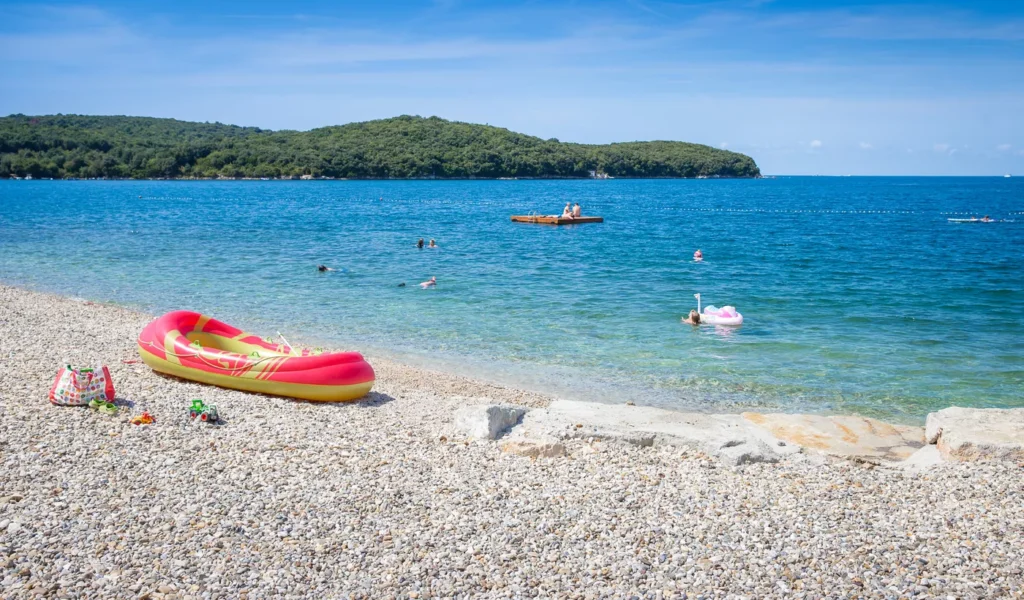
- Hawaii Beach
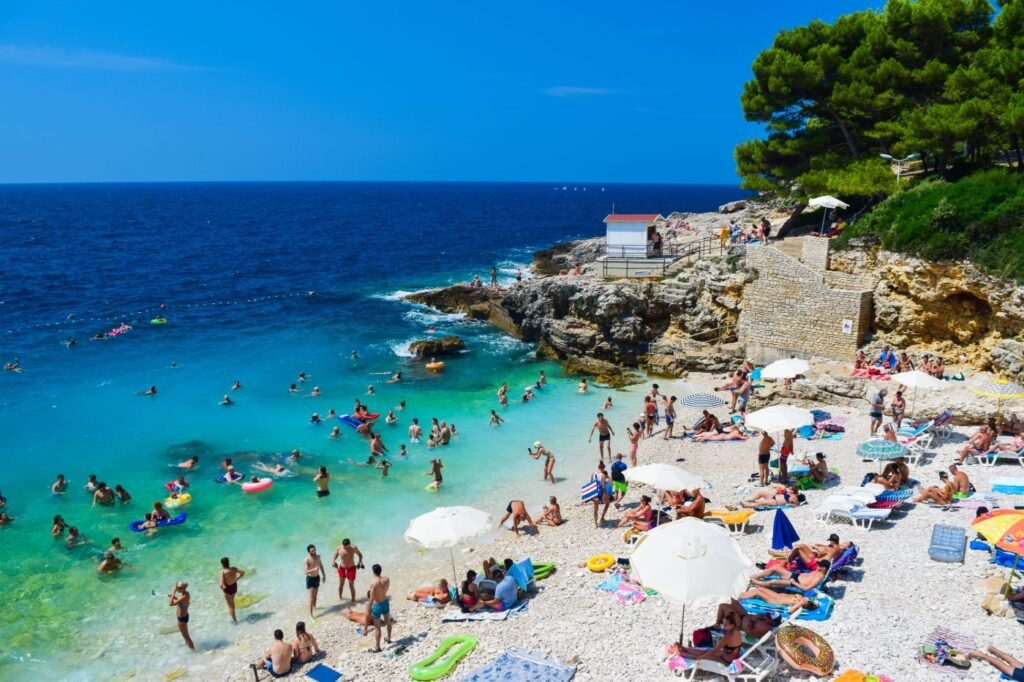
- Valalta beach
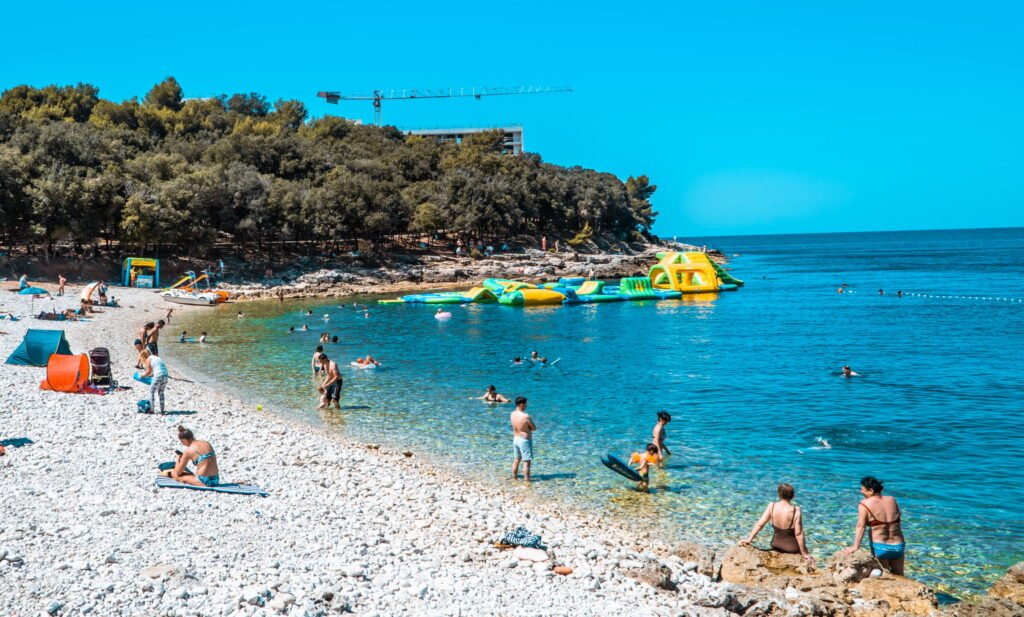
- Brioni Beach
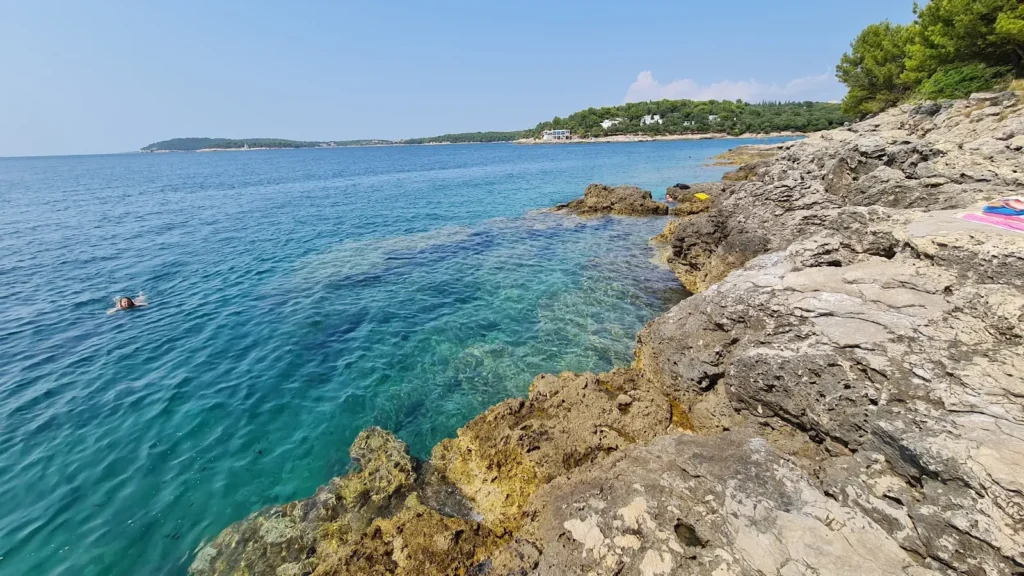
- Ambrela Beach

Aquarium in Pula

The Aquarium Pula wonder offers visitors a chance to dive into a world filled with the Adriatic Sea’s vibrant and diverse inhabitants. Every corner of this destination brings a balance of education, preservation, and sheer beauty, making it one of the Pola top attractions for tourists and locals alike. The aquarium protects endangered animal species (sea turtles, sharks and rays). It is located on an area of over 2,500 m2. You can take photos inside, but without a flash.
Wine
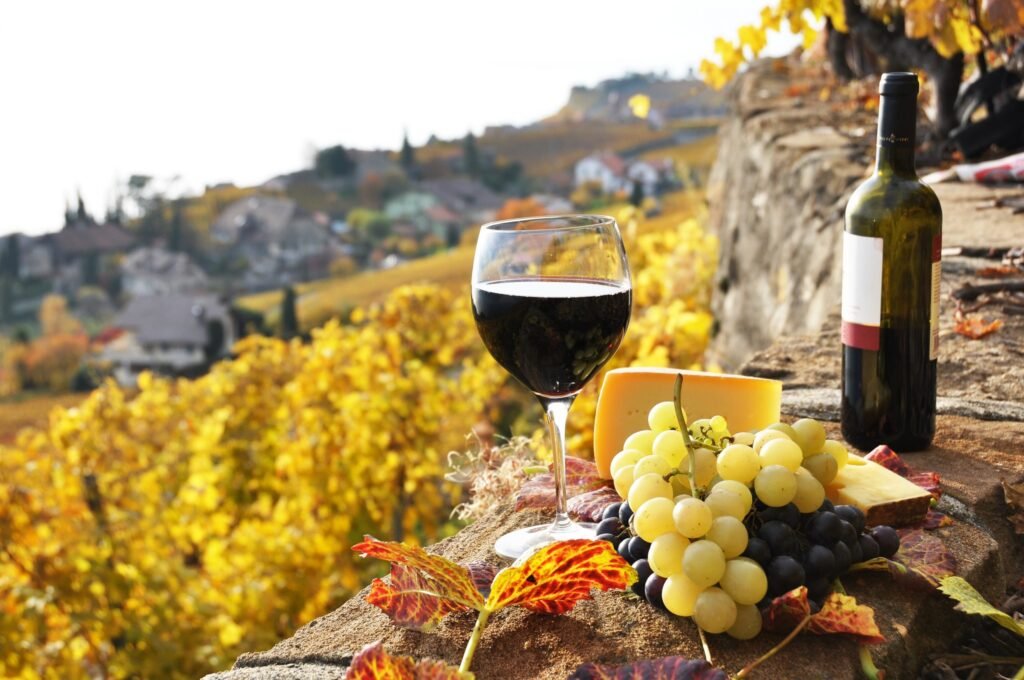
Istria is one of the most important wine regions in Croatia, and the vineyards in this region are popular with both local residents and tourists. Embark on a unique drive along the wine trails of northwest Istria and enjoy selected vintages of the award-winning Kozlović, Benvenuti, Matošević and Kabola vineyards. Take a guided tour to see wonderful wineries and book a tasting of the region’s top wines.
